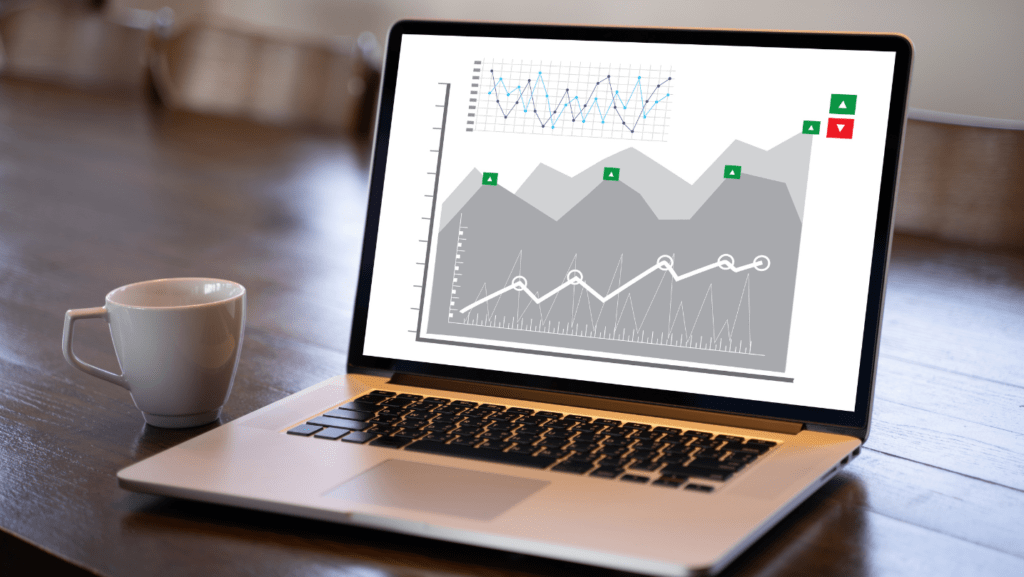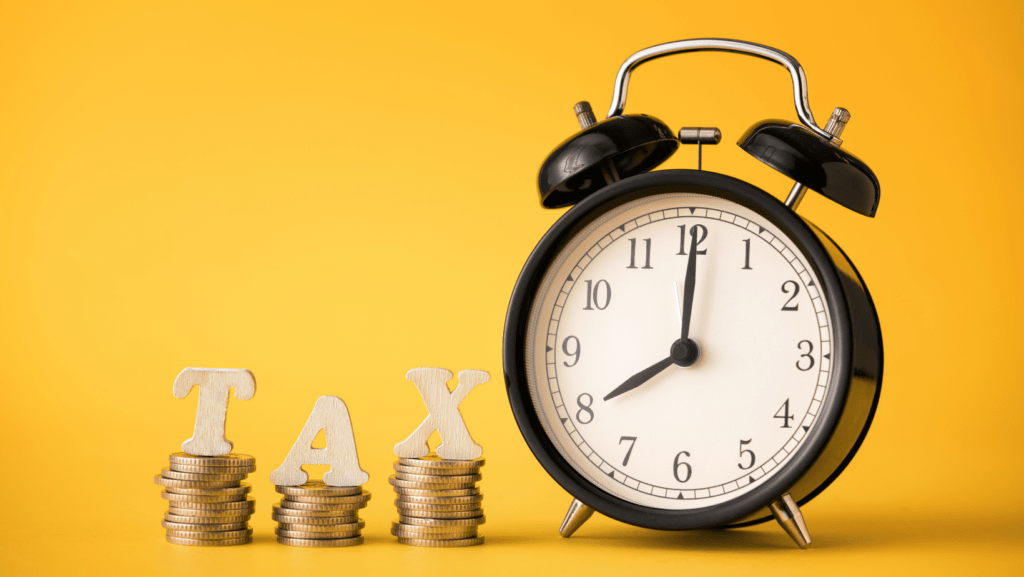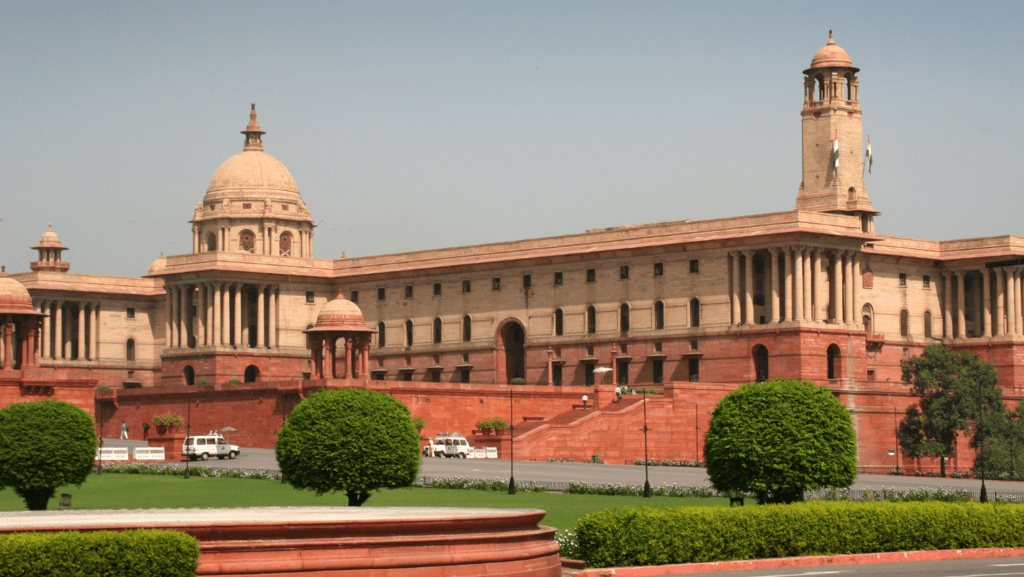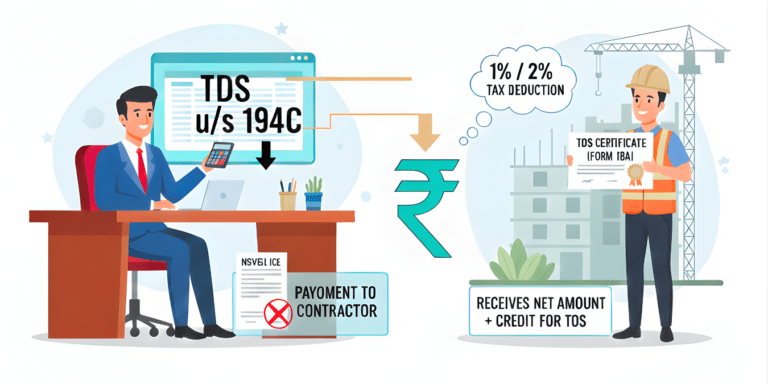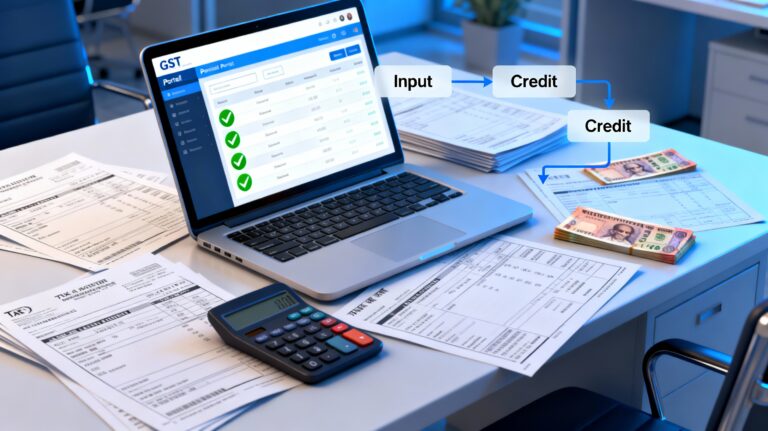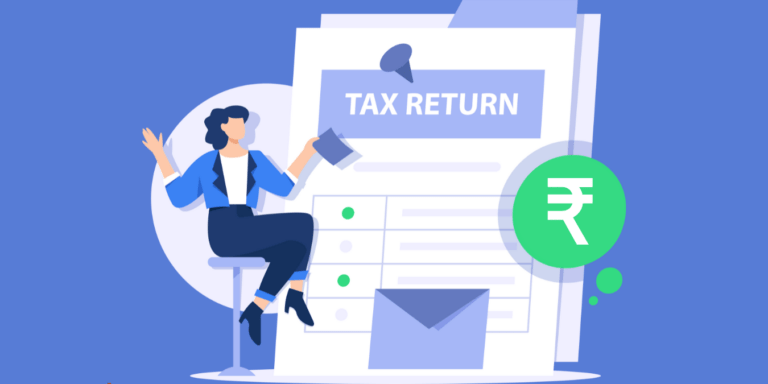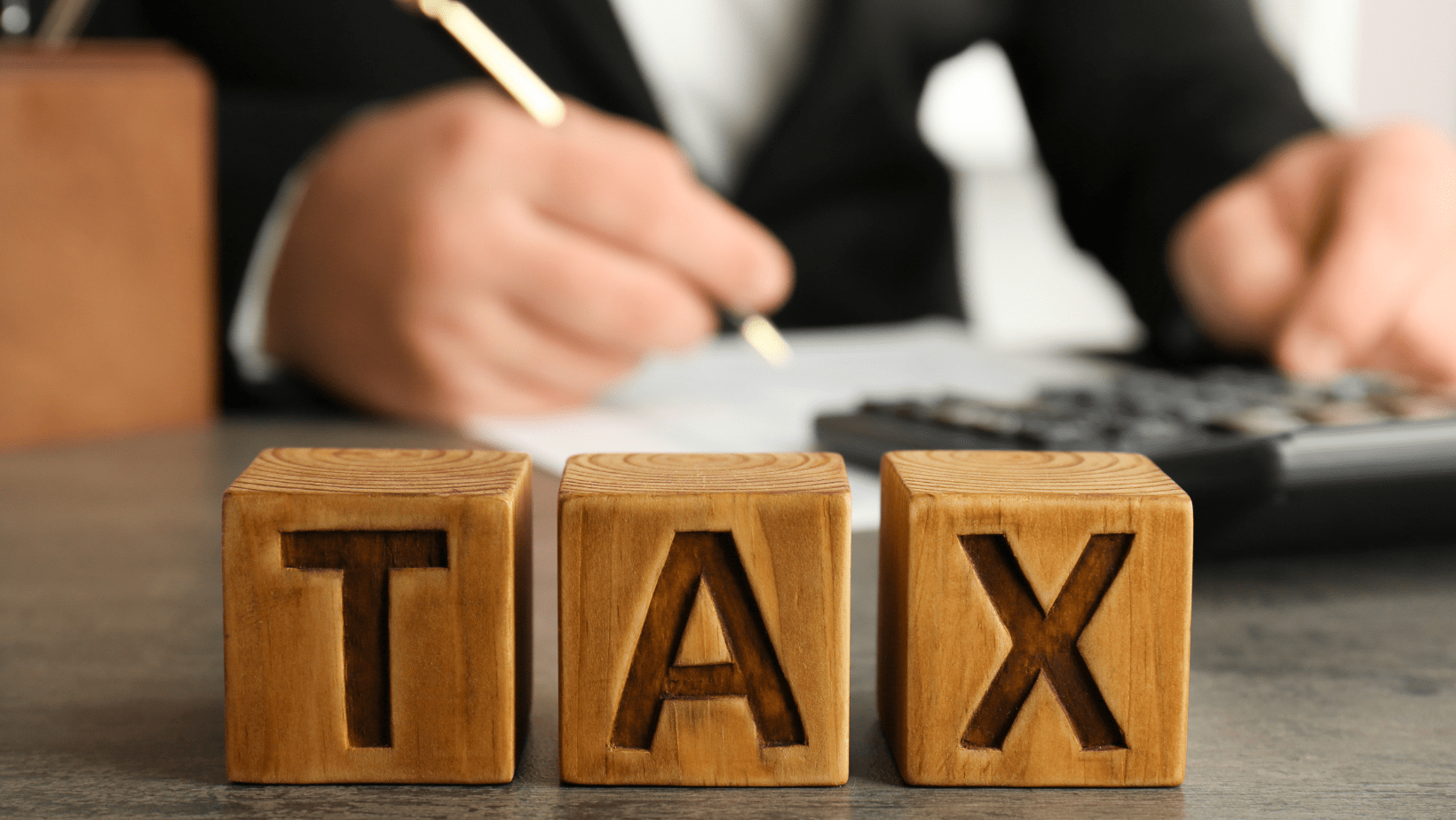
The Union Budget 2025 has introduced several changes to the tax regime, significantly impacting high-income earners in India. Taxpayers with an annual income exceeding Rs 15 lakh are now facing higher tax liabilities due to new tax slabs and reduced deductions. This blog post delves into the specifics of these changes, providing expert insights on how these taxpayers are affected and what strategies they can employ to optimize their tax outgo.
“How the Union Budget 2025 impacts high-income earners in India, with revised tax slabs, reduced deductions, and increased surcharges. This comprehensive blog post explains the changes for taxpayers earning over Rs 15 lakh, providing expert insights and strategies to optimize tax outgo. Learn about the expected increase in tax revenue, reduction in deductions, and the overall tax burden. Explore effective tax planning strategies, including maximizing contributions to tax-advantaged accounts, investing in tax-free instruments, and utilizing tax-loss harvesting. Stay informed and manage your tax liabilities efficiently with professional advice.”
Key Changes in Budget 2025
- Revised Tax Slabs: The most notable change in Budget 2025 is the revision of tax slabs. The highest tax rate has been increased, and the threshold for the highest tax bracket has been lowered. This means that individuals earning more than Rs 15 lakh annually will now fall into a higher tax bracket, resulting in increased tax liabilities.
- Reduced Deductions: The budget has also reduced the number of deductions available to high-income earners. Deductions under sections such as 80C, 80D, and 80E have been capped, limiting the amount that can be claimed to reduce taxable income.
- Surcharge and Cess: An additional surcharge and cess have been introduced for high-income earners. This further increases the tax burden on individuals with incomes exceeding Rs 15 lakh.
Impact on High-Income Earners
The changes in Budget 2025 have a significant impact on taxpayers with incomes above Rs 15 lakh. Here’s a detailed look at how these changes affect their tax outgo:
- Higher Tax Rates: With the revision of tax slabs, high-income earners are now subject to higher tax rates. For instance, the tax rate for incomes above Rs 15 lakh has been increased from 30% to 35%. This means that a taxpayer earning Rs 20 lakh annually will now pay Rs 1.75 lakh in taxes, compared to Rs 1.5 lakh previously.
- Limited Deductions: The capping of deductions under various sections means that high-income earners can no longer reduce their taxable income as significantly as before. For example, the deduction under Section 80C has been capped at Rs 1 lakh, down from Rs 1.5 lakh. This reduces the amount of income that can be shielded from taxation.
- Increased Surcharge and Cess: The introduction of an additional surcharge of 10% and a health and education cess of 4% on incomes above Rs 15 lakh further increases the tax burden. For a taxpayer earning Rs 20 lakh, this translates to an additional Rs 30,000 in surcharge and Rs 8,000 in cess.
Expert Insights on Managing Tax Outgo
To navigate these changes and optimize their tax outgo, high-income earners can consider the following strategies:
- Maximize Contributions to Tax-Advantaged Accounts: High-income earners should maximize their contributions to tax-advantaged accounts such as the Public Provident Fund (PPF), National Pension System (NPS), and Employee Provident Fund (EPF). These contributions can help reduce taxable income and provide long-term financial benefits.
- Invest in Tax-Free Instruments: Investing in tax-free instruments such as municipal bonds and certain government securities can help high-income earners reduce their tax liabilities. These investments offer tax-free returns, making them an attractive option for reducing overall tax outgo.
- Utilize Tax-Loss Harvesting: Tax-loss harvesting involves selling investments that have depreciated in value to offset capital gains from other investments. This strategy can help high-income earners reduce their taxable income and lower their overall tax burden.
- Seek Professional Advice: Given the complexity of the new tax regime, high-income earners should consider seeking professional advice from tax experts and financial advisors. These professionals can provide personalized strategies to optimize tax outgo and ensure compliance with the new regulations.
Statistical Insights
To provide a clearer picture of the impact of Budget 2025 on high-income earners, here are some key statistics:
- Increase in Tax Revenue: The revised tax slabs and additional surcharges are expected to increase tax revenue by approximately Rs 38 billion in 2025.
- Reduction in Deductions: The cap on deductions under Section 80C is projected to reduce the total amount of deductions claimed by high-income earners by 20%.
- Impact on Disposable Income: High-income earners with an annual income of Rs 20 lakh will see their disposable income decrease by approximately 5% due to the increased tax rates and surcharges.
- Overall Tax Burden: The overall tax burden on high-income earners is expected to increase by 15% compared to the previous fiscal year.
The Union Budget 2025 has introduced significant changes to the tax regime, particularly affecting high-income earners with incomes exceeding Rs 15 lakh. By understanding these changes and implementing effective tax strategies, taxpayers can manage their tax outgo and minimize their liabilities. It is crucial for high-income earners to stay informed and seek professional advice to navigate the evolving tax landscape effectively.
-
RBI’s Approval: HDFC Group Gets 9.5% Stake Nod in IndusInd Bank
RBI’s shocking nod: HDFC Group can now seize up to 9.5% of IndusInd Bank—but is this a stealth
-
SBI’s YONO 2.0 Promises Faster, Smarter, Safer Payments — A Real Threat to PhonePe & GooglePay?
SBI surprises the digital world with YONO 2.0 — a power-packed super app ready to challenge PhonePe and
-
Indian Stocks Fall as Foreign Investors Extend Sell-Off: What’s Behind the Market Jitters?
Foreign investors are fleeing Indian stocks, triggering a wave of uncertainty on Dalal Street. What’s fueling this sudden







